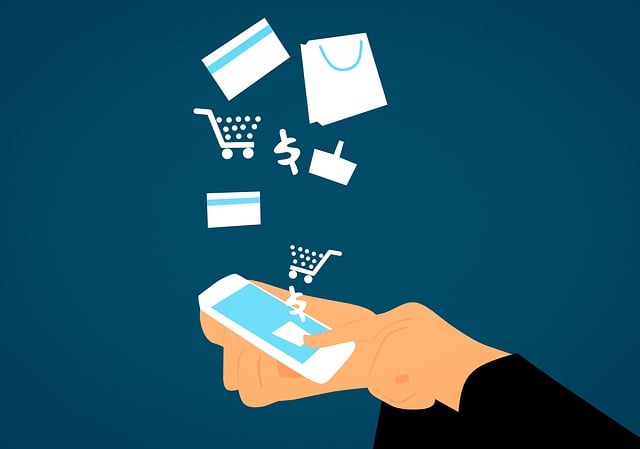Outbound sales prospecting gives you the power to choose who you contact, which means you need a clear idea of who to target or avoid with your cold emails.
Proper targeting requires evaluating the markets potentially available to your team and agreeing on the best types of companies and prospects to target with outbound email.
However, it’s not enough to simply identify a target market and get started.
With so many buyers out there, it’s essential you prioritize by researching the different traits, personas, and buying behaviors within your addressable market.
To get a better picture of how to successfully prioritize outbound leads, check out this walkthrough on targeting, tiering, and building an outreach strategy for outbound sales.
Step 1: Understand Your Addressable Market
Before you reach out to anyone, you should have a good understanding of how companies evaluate and purchase solutions like yours.
You need to be familiar with the people involved in the deal and the responsibilities, goals, and decision-making hierarchies that make up your customer’s buying process.
In certain situations, you’ll be able to close a deal by talking to one person. However, a majority of deal-making involves multiple stakeholders across several departments.
When it takes more than one conversation to close a deal, you need to be mindful of which stakeholders you decide to target with outbound prospecting.
For example, a cold email to the head of a department could bring a wildly different result than sending it to the mid-level manager or the CEO of a company.
Identify the deal stakeholders you need to influence and the conversations you need to have to best align with the buying process of your potential customers.
Step 2: Break Your Addressable Market Into Tiers
Once you’ve identified your addressable markets, the next step is to segment the different types of companies and prospects in each market by value and priority.
While deal size should be a factor, it’s also important to make sure you segment these groups based on your particular goals and selling situation.
These groups should be unique to your company and created using the insights you’ve gathered on the different traits, situations, and behaviors of your ideal customers.
For example, you might generate higher win rates when targeting smaller companies in a specific industry or close larger deals when targeting a specific department.
By tiering your addressable market based on its value and importance, you’ll have a better understanding of how to approach cold email for each specific group.

Step 3: Build an Outbound Strategy for Each Tier
You have limited time and resources to spend on cold emailing prospects, so you need to plan your outbound strategy for each tier carefully and understand where to prioritize.
You’ll want to invest more time, money, and energy in cold emailing high-value accounts.
However, it might not make sense to spend too much time personalizing outbound emails for broader, less valuable markets.
For example, a group of your top 100 potential customers should get more attention and personalization than a larger group of 10,000 potential customers.
The purpose of creating these tiers is to define what type of cold email outreach is affordable and makes sense for the types of buyers you’re targeting.
Rather than doing mass outreach or highly-personalized emails for all sales leads, you should understand how to best optimize results with the limited time you have.
By identifying the value created by each tier, you’ll have a better understanding of the type of outreach you should plan for each group.
Step 4: Test new strategies to improve your outbound sales performance
Actively experimenting with new strategies is crucial for enhancing outbound sales performance. Here are some additional ideas that you might consider:
- Cold Outreach: Cold outreach, such as cold calling or cold emailing, can be an effective way to connect with new prospects and generate interest in your offerings. Develop a compelling pitch and practice delivering it to ensure that you are confident and persuasive when reaching out.
- Email Campaigns: Email campaigns can be a powerful tool for engaging potential customers and nurturing leads. Create targeted campaigns with personalized messaging to connect with prospects and guide them through the sales process.
- Networking Opportunities: Take advantage of networking opportunities such as industry events, conferences, and trade shows to meet potential customers and build relationships. Use these events to expand your reach and generate new leads.
- Strategic Partnerships: Form strategic partnerships with complementary businesses to access new audiences and generate referrals. Collaborate on joint marketing initiatives to increase visibility and drive sales.
- Performance Tracking: Use analytics tools to track your outbound sales performance and identify areas for improvement. Monitor key metrics such as conversion rates, response rates, and revenue to measure the effectiveness of your strategies.
By actively experimenting with new strategies and continuously monitoring your performance, you can enhance your outbound sales performance and drive more revenue for your business.
Conclusion
Every second of your outbound lead generation and sales time needs to be spent on taking the right actions for the specific types of buyers you target.
As your audience and sales pipeline grows, it becomes increasingly difficult to manage outbound sales prospecting if you don’t prioritize your leads.
With the right system for categorizing, tracking, and prioritizing the outbound leads you target, you can maximize productivity and create more successful sales outcomes.
[Generating outbound leads? Check out our new free video series the Cold Email Playbook to get insights and content from 7 cold email experts]
